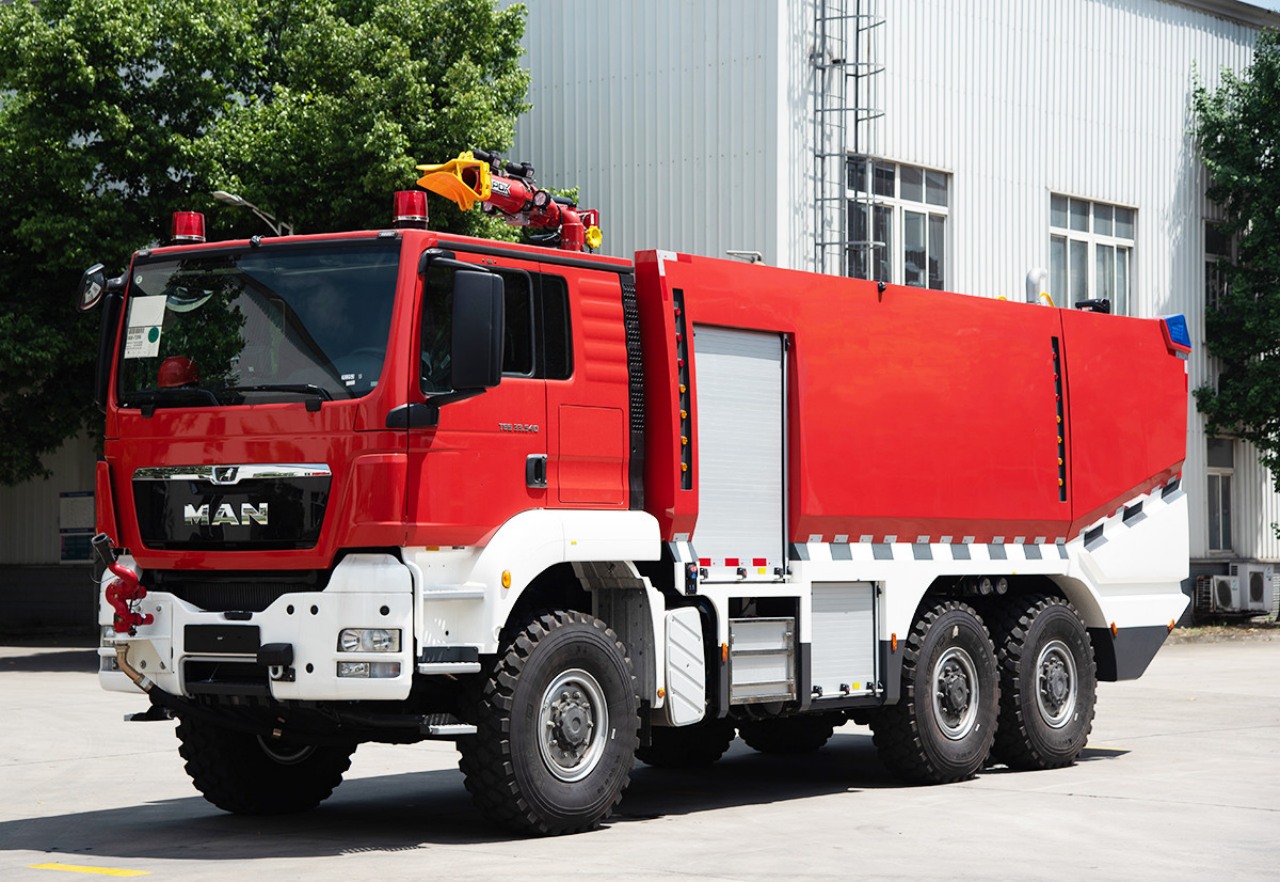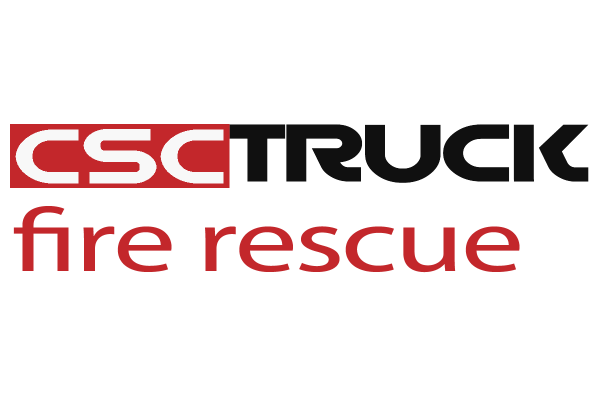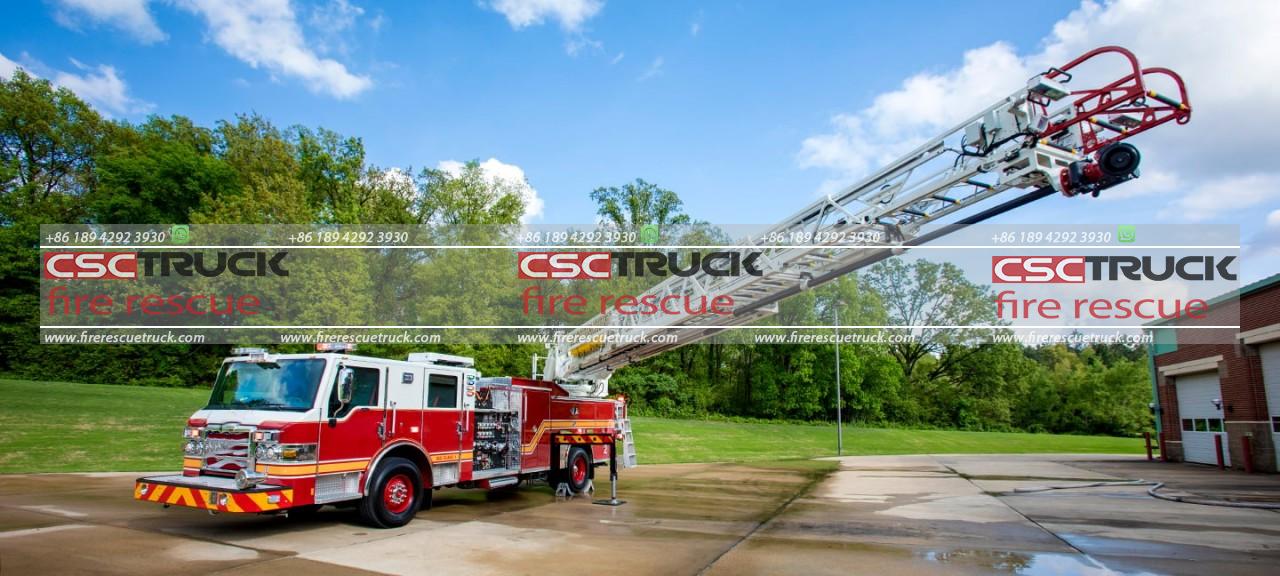When most people think of a fire truck, they imagine a large, red, siren-blaring vehicle racing to the scene of an emergency. While this image is accurate, the term “fire truck” actually refers to a broad category of specialized vehicles, each with its size, configuration, and purpose. Understanding how big a fire truck is involves looking into the various types used in fire and rescue operations, their dimensions, and how these specifications relate to their intended roles.
The Basics of Fire Truck Dimensions
Generally speaking, a standard fire truck in the United States is around 40 to 45 feet (12 to 14 meters) in length, 8 to 10 feet (2.4 to 3 meters) in width, and 10 to 12 feet (3 to 3.7 meters) in height. These numbers vary considerably depending on the truck’s type and function. In urban settings, compact designs are often used to maneuver through tight city streets, while rural or airport-based fire trucks may be significantly larger to carry more water and equipment.
Key Dimension Ranges:
- Length: 25 to 45 feet (7.6 to 13.7 meters)
- Width: 8 to 10 feet (2.4 to 3 meters)
- Height: 9 to 12 feet (2.7 to 3.7 meters)
- Weight: 30,000 to 80,000 pounds (13,600 to 36,300 kg)
These dimensions are crucial for planning city infrastructure, designing fire stations, and understanding operational limitations on narrow roads or low-clearance bridges.
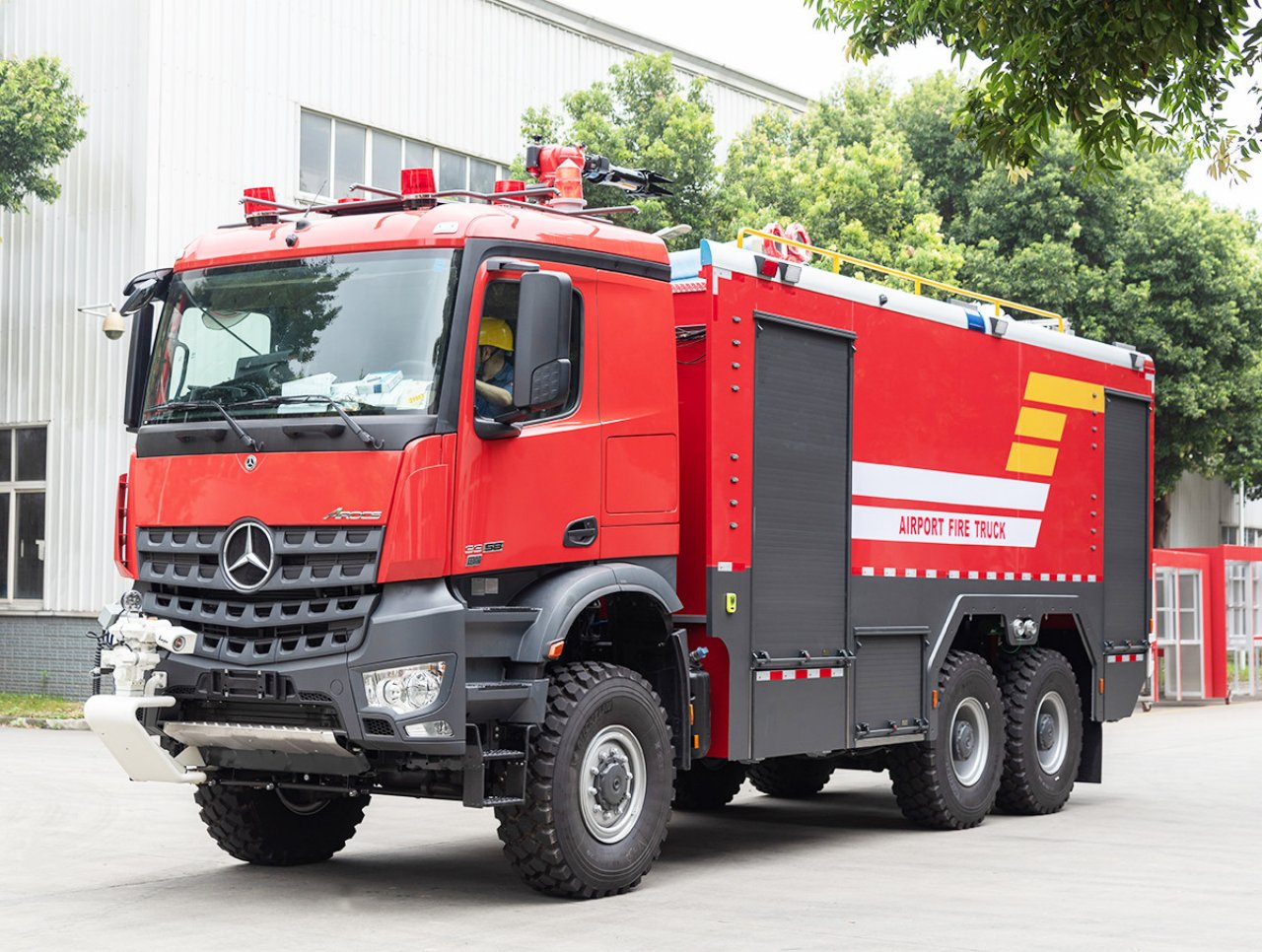
Types of Fire Trucks and Their Sizes
There is no one-size-fits-all answer to “how big is a fire truck?” because fire departments use a variety of fire apparatuses tailored for specific emergencies. Let’s take a look at the major types:
1. Pumper Trucks (Engine Trucks)
These are the most common fire trucks seen responding to fires. They carry hoses, water tanks (typically 500 to 1,500 gallons), and basic firefighting equipment.
- Typical Dimensions:
- Length: 30 to 35 feet
- Width: 8 to 9 feet
- Height: 9 to 10 feet
- Weight: 30,000 to 40,000 pounds
Pumper trucks are relatively compact compared to some other types, allowing them to reach urban and suburban locations with ease.
2. Ladder Trucks (Aerial Apparatus)
These trucks are equipped with an extendable ladder that can reach heights of 75 to over 100 feet. They’re designed to access tall buildings and perform high-elevation rescues.
- Typical Dimensions:
- Length: 40 to 45 feet
- Width: 8.5 feet
- Height: 11 to 12 feet
- Weight: 50,000 to 70,000 pounds
Ladder trucks are among the largest fire trucks and require experienced drivers due to their extended length and rear overhang. Some even have rear steering axles (tillers) for better maneuverability.
3. Tower Ladder Trucks
Similar to ladder trucks, but instead of a straight ladder, they use a platform (bucket) mounted on a telescoping boom. These are used for rescues and elevated water streams.
- Typical Dimensions:
- Length: 42 to 48 feet
- Width: 8.5 to 9 feet
- Height: 11 to 12.5 feet
- Weight: 60,000 to 80,000 pounds
Tower ladders are even bulkier than aerial ladders due to the extra mechanisms for the platform and are often deployed in commercial or high-rise firefighting.
4. Rescue Trucks
These vehicles are designed for specialized rescue operations such as vehicle extrications, water rescues, and building collapses. They carry a wide variety of tools but no water tanks.
- Typical Dimensions:
- Length: 30 to 35 feet
- Width: 8.5 feet
- Height: 10 to 11 feet
- Weight: 35,000 to 50,000 pounds
Some heavy rescue trucks may be similar in size to ladder trucks but are configured for carrying gear instead of aerial equipment.
5. Wildland Fire Engines
Smaller and more agile, these fire trucks are designed for fighting forest fires and navigating rough terrain.
- Typical Dimensions:
- Length: 20 to 30 feet
- Width: 7 to 8 feet
- Height: 8 to 10 feet
- Weight: 15,000 to 26,000 pounds
These trucks often have 4WD systems and can carry water, foam, and hand tools for remote firefighting.
6. Airport Crash Tenders
Massive and powerful, these specialized fire trucks are designed for aviation emergencies. They have large tanks and high-speed capabilities.
- Typical Dimensions:
- Length: 40 to 50 feet
- Width: 10 to 12 feet
- Height: 12 to 14 feet
- Weight: 70,000 to 90,000+ pounds
These are some of the biggest fire trucks in existence, capable of carrying 3,000 to 5,000 gallons of water and foam.
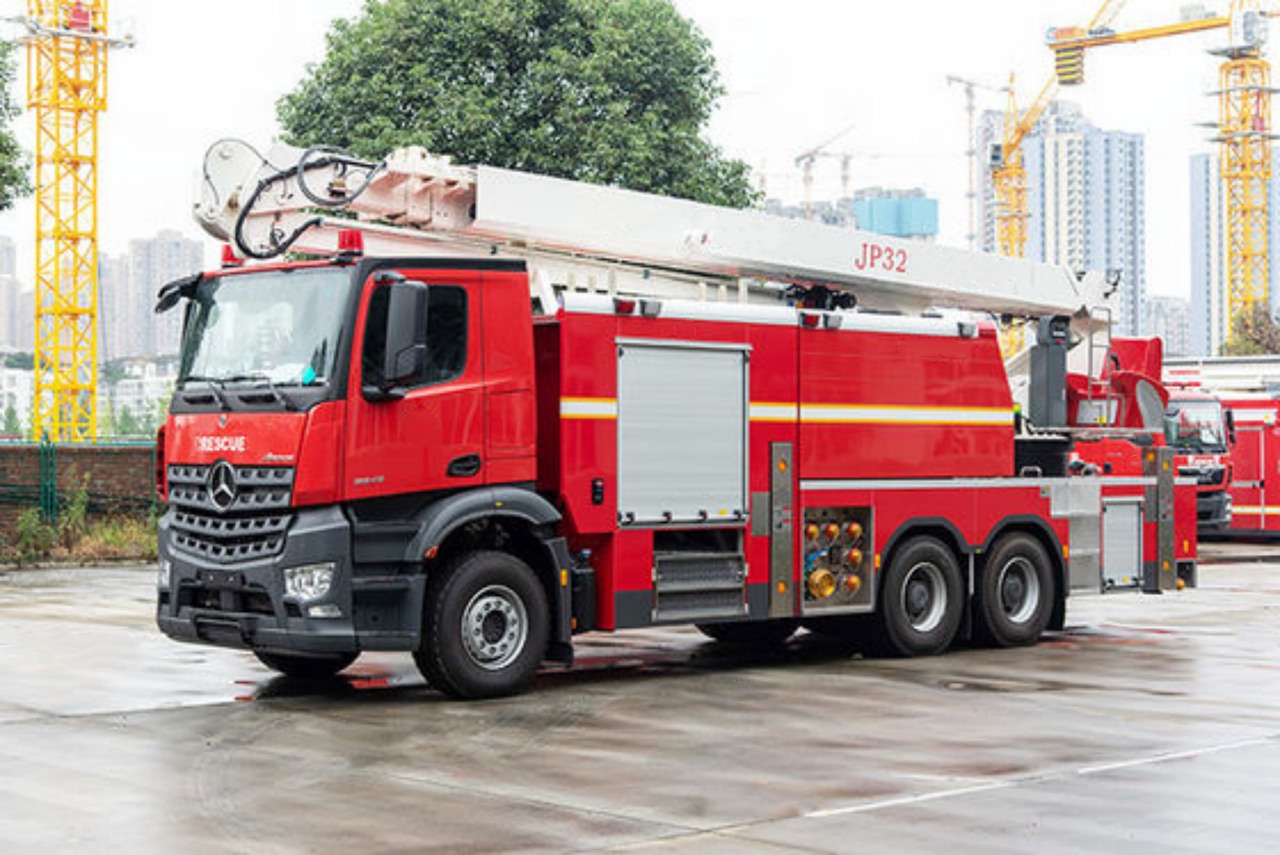
Why Size Matters
The size of a fire truck directly affects its capability and mobility. Larger trucks can carry more tools, personnel, and water, but may face challenges in tight urban spaces. This is why cities often have a combination of truck types — compact pumpers for fast response and large aerial units for specialized tasks.
Urban vs. Rural Needs
Urban departments prioritize maneuverability, so fire trucks there may be slightly smaller or built on shorter chassis. Rural and suburban departments, however, may rely more on water tenders — large trucks with tanks of 2,000+ gallons — because hydrants are sparse.
Infrastructure Compatibility
Fire trucks must comply with local road limits and clearance regulations. For example:
- Bridge height clearances: Trucks must usually be under 13.5 feet tall.
- Turning radius: Standard trucks may require 30 to 50 feet, influencing how they’re routed through city streets.
Technology and Design Trends
As technology advances, fire trucks are becoming more modular and customizable. Some newer designs integrate lower-profile bodies and advanced steering systems to reduce turning radius. Hybrid and electric fire trucks, like those introduced in some European and U.S. cities, may also have unique size characteristics due to battery placement and drive systems.
Additionally, the use of drone units, smaller rapid-response vehicles, and autonomous support vehicles is supplementing traditional fire trucks, especially in metropolitan areas.

Conclusion
So, how big is a fire truck? The answer depends on the truck’s type and purpose. From compact wildland units to towering airport crash tenders, fire trucks range from 20 to over 50 feet in length and can weigh up to 90,000 pounds. Their size is a result of the specialized roles they play, balancing storage, accessibility, and performance.
As fire services continue to evolve and respond to increasingly complex emergencies, the diversity in fire truck sizes reflects the adaptability and ingenuity of modern firefighting.
